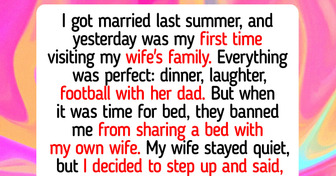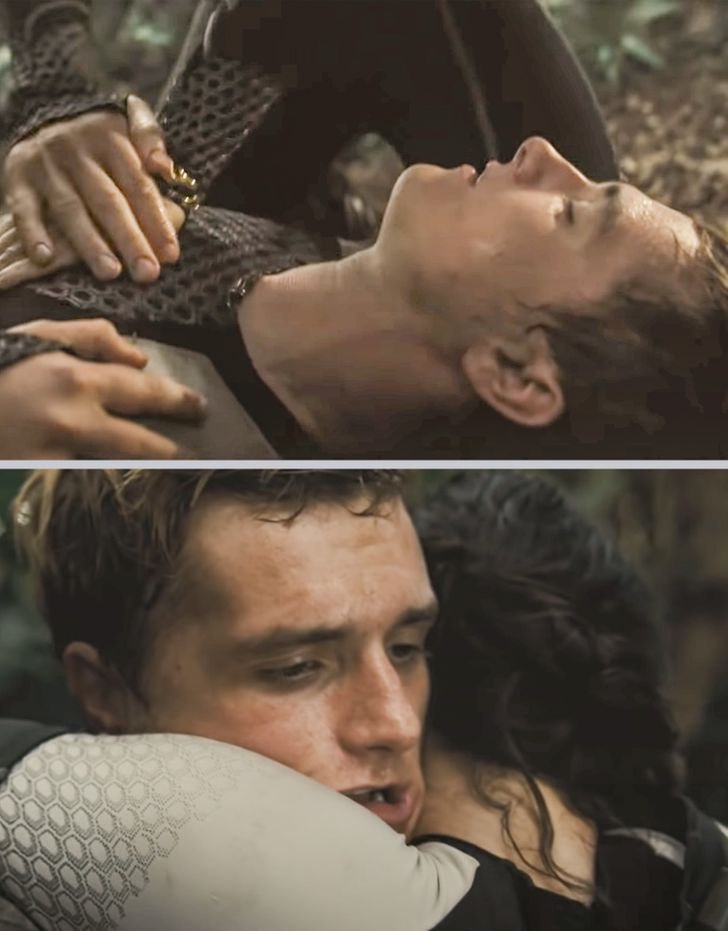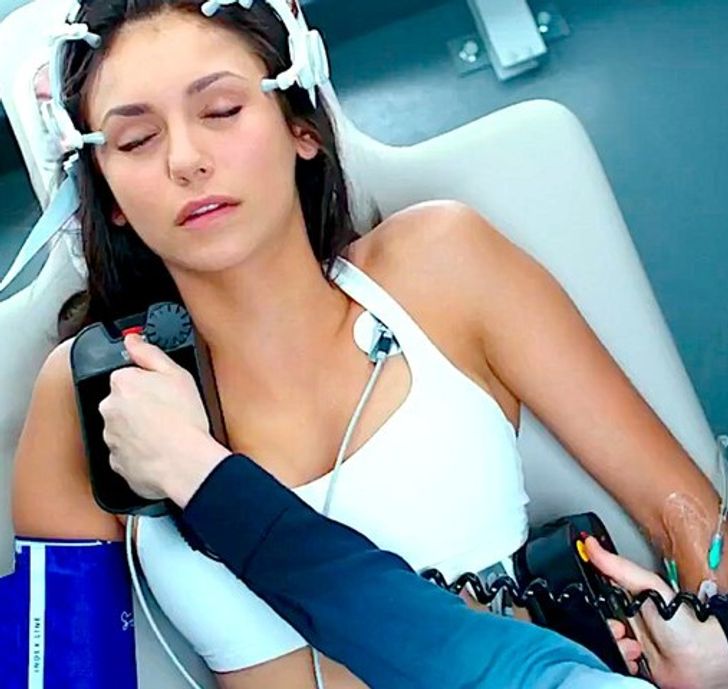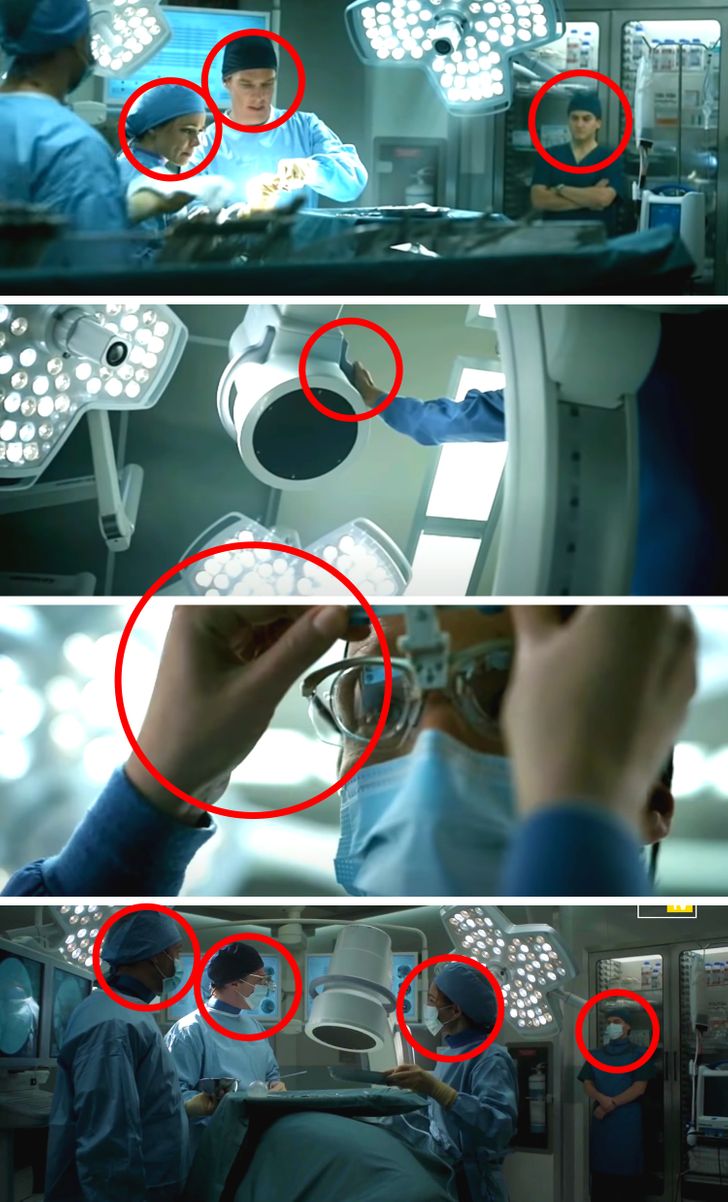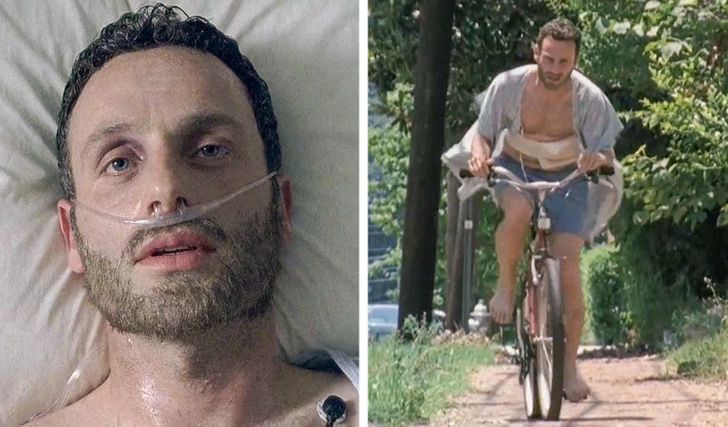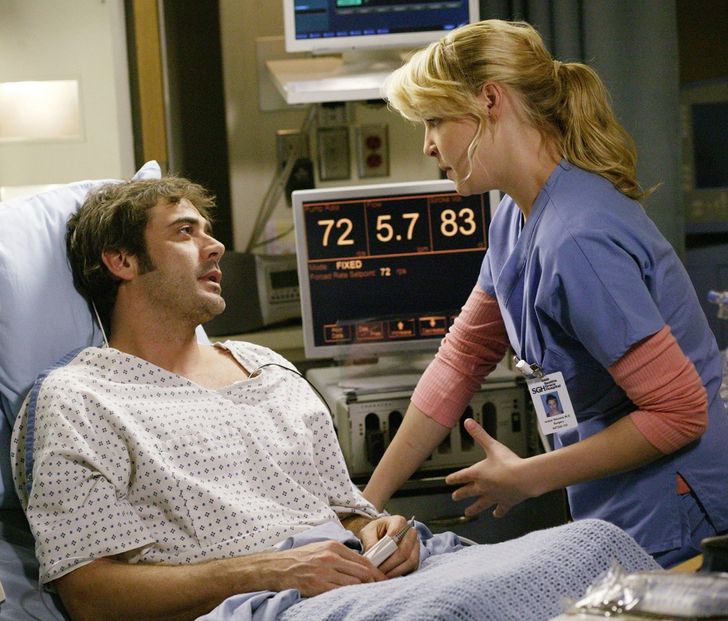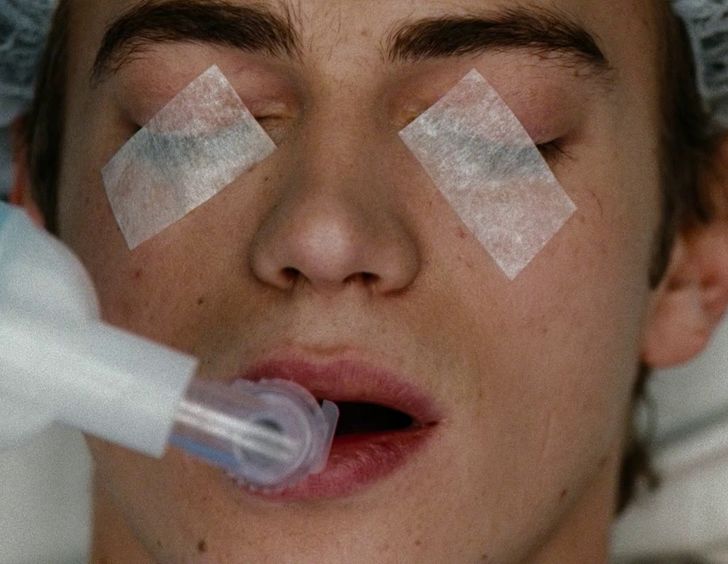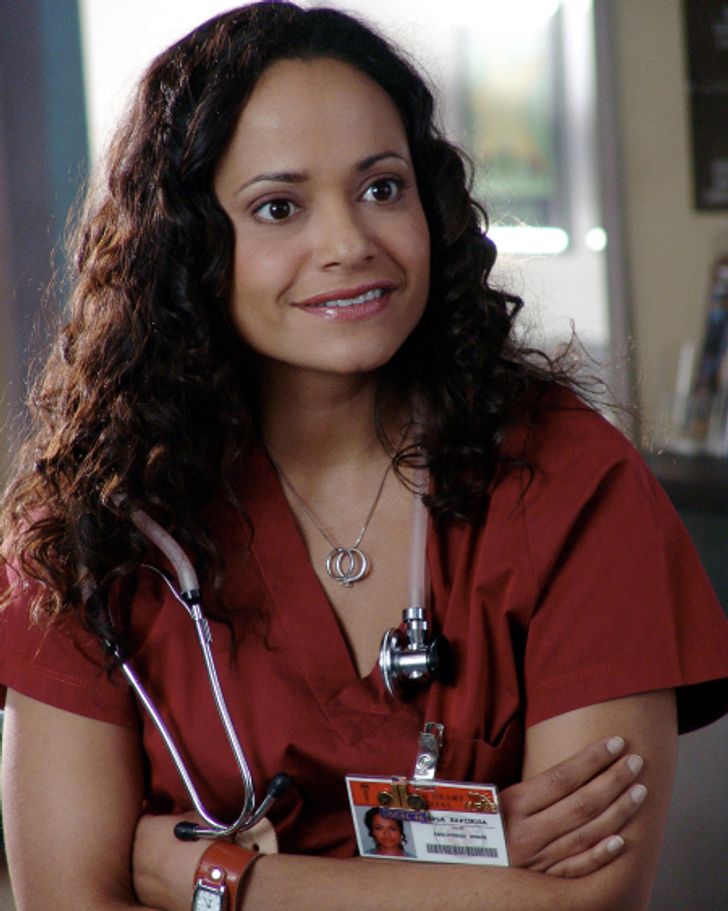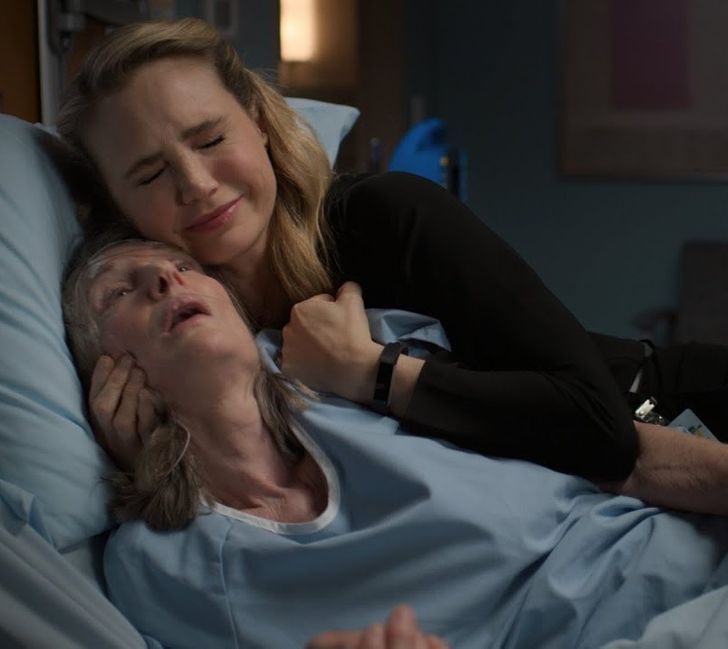Yes! This!!!
Doctors Reveal the Most Unrealistic Moments in Movies. This Is Not How It Happens in Real Life
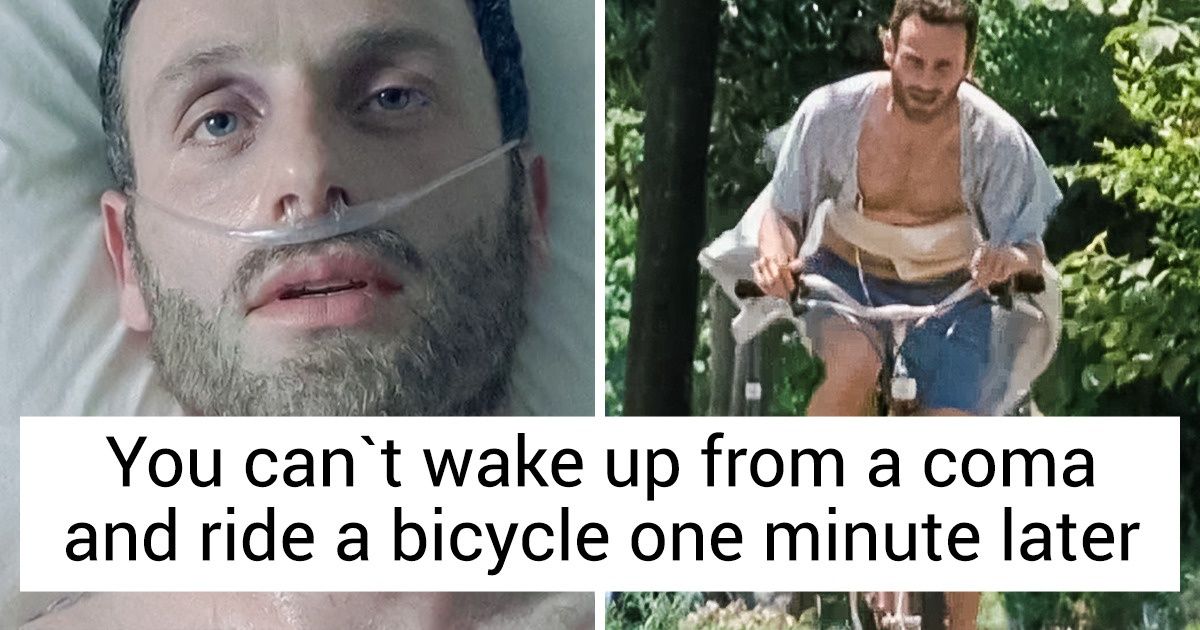
Many times in movies and on TV shows we’ve seen how defibrillators bring people back to life. Someone’s heart stops beating, and the doctor shouts “Clear!” and shocks the patient, and they’re miraculously saved! However, that’s not actually how it works, and, in reality, a defibrillator wouldn’t be able to save that person. And there are other things that are only possible in movies, but not in real life.
We at Bright Side are fascinated by medical scenes in movies and on TV. But there are some moments that are just unrealistic.
1. CPR always saves people, and usually very quickly.
The right way to perform CPR is to do 30 chest compressions followed by 2 breaths until the ambulance arrives. It’s also important to make sure you’re doing 100 to 120 compressions per minute. And if CPR is already being performed by a doctor, they might have to do it even longer than 30 minutes before the person regains consciousness.
On TV, the survival rate after CPR is about 70%, but this is lower in reality. And the characters often wake up and start talking after just a few chest compressions, which is very rare in real life. For example, in The Hunger Games: Catching Fire, it takes less than a minute for Peeta to wake up and feel fully functional after Finnick starts doing chest compressions.
2. A defibrillator can bring anyone back to life.
For a defibrillator to work, there needs to be some electric activity in the heart. It is effective when the heartbeat is irregular and it needs to be returned to its normal rhythm. In movies, a defibrillator is often used to revive a person who has no heartbeat at all, which is wrong. A defibrillator doesn’t start electric activity in the heart. It actually stops the electric activity.
3. Doctors have their own notion of sterility.
In an operating room, everyone should wear masks and gloves. Once the gloves are on, you can’t take them off or touch any surfaces, even the mask. If a surgeon needs to adjust the mask or touch medical equipment, another person with non-sterile gloves will do it for them. In movies, people often forget about these rules.
For example, at the beginning of the operation scene in Doctor Strange, only one person is wearing a mask. We also see a sterile glove touching a piece of medical equipment that isn’t sterile and an assistant who took off one of their gloves to adjust Doctor Strange’s glasses. Then we see all of the people in the room wearing masks, but they’d have to touch them with sterile gloves to put them on, which real surgeons would never do.
4. Patients immediately recover from a coma.
When people wake up from a coma, they need time to recover. For some, it can even take years of physiotherapy to see improvements. And on TV, characters who’ve been in a coma recover pretty quickly. For example, in Kill Bill: Volume I, or in The Walking Dead, the main character wakes up from a coma and starts walking after just a few minutes.
5. It’s okay to make mistakes.
Very often medical professionals on TV shows make mistakes, but don’t get punished severely enough for them. For example, in Grey’s Anatomy, Izzie, who plays a resident on the show, falls in love with a patient. She then deliberately worsens his condition to move him up the donor list. As a result, she gets reprimanded.
In real life, she wouldn’t be allowed to continue her residency or practice medicine ever again. She could also be sued and possibly face some jail time.
6. Patients don’t have their eyes taped shut during surgery.
While surgical patients are asleep under anesthesia during surgery, it is suggested that their eyelids be taped closed. This is done to prevent their eyes from being injured. On TV, this standard of care is often ignored. However, in the movie Awake it was done correctly.
7. Nurses aren’t given enough credit.
We’re used to seeing physicians as the main characters on TV shows. They constantly check up on their patients and basically do all the “important” work at the hospital. Nurses, in contrast, are usually in the background. They are often portrayed as non-essential. However, in reality, nurses provide critical medical care. And they are the ones who interact with patients the most.
What is more, a lot of the work that’s done by physicians on TV shows that viewers find cool, is usually done by nurses. For example, on House M.D., there is a patient who suffers from unexplained seizures. Dr. House and his team discover that the patient has a tapeworm infection, and they’re seen as geniuses by the audience. However, an experienced nurse could have made the same diagnosis.
8. Seizures should be handled the exact opposite way.
When someone’s having a seizure, TV doctors usually hold the patient down and put something in their mouth, because this is supposed to prevent them from swallowing their tongue.
In reality, they shouldn’t do any of those things. It’s impossible for a person having a seizure to swallow their tongue, and putting an object in their mouth might break their teeth. Doctors also shouldn`t restrain their movements. What they can and should do is turn the patient gently on one side to help them breathe easier, and put something soft under their head.
Did you know about any of these unrealistic moments? What other medical-related things wouldn’t be possible in real life? Does medical accuracy matter to you when you watch movies and TV shows? We’d love to hear your thoughts in the comments!
Comments
Funny thing, I recently subscribed to Netflix and started watching The Walking Dead series from the beginning. And I laughed at the exact same scene that you described in the article, Rick riding a bike immediately after waking up from, hahaha
I watch Grey's Anatomy and I always think how difficult it might be to get everything right... Apparently they don't :/
I think these are the things that make a movie so good and interesting to watch
Related Reads
I Refuse to Sleep Under the Same Roof as My Stepson — My Daughter’s Safety Comes First
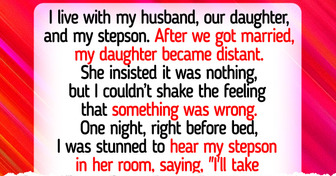
10 Real-Life Stories That Ended Like a Strange Movie Plot
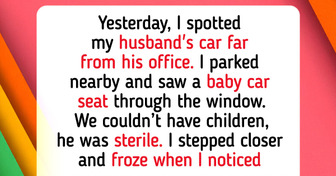
I Closed My Doors to My Entitled In-Laws on the Weekend and I Don’t Regret It
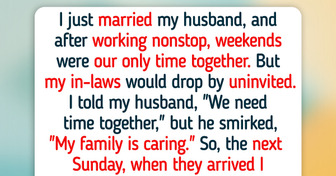
10 True Stories With an Ending So Twisted They Deserve an Oscar

My MIL Mocked Me at My Husband’s Birthday Party—I Gave Her a Brutal Reality Check

I Refused to Help My Sister Save Her Dying Kid, My Money Isn’t a Family Tradition
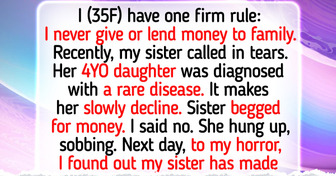
I Was Excluded From a “Family” Dinner—My Revenge Taught My DIL a Lesson

20 Stories That Prove Even a Disastrous Visit Can Make for a Hilarious Memory

I Didn’t Give Up My Parking Spot to a Mom With an Infant — I Served Her a Reality Check
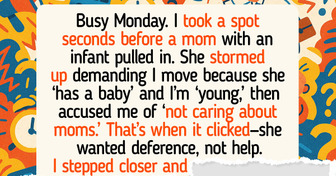
I Refuse to Let My Husband Bring His Mom’s Cooking Into My House

I Refused to Take My Stepdaughter on Our Family Trip

My In-Laws Told Me Not to Share a Bed With My Wife—I Am Furious
